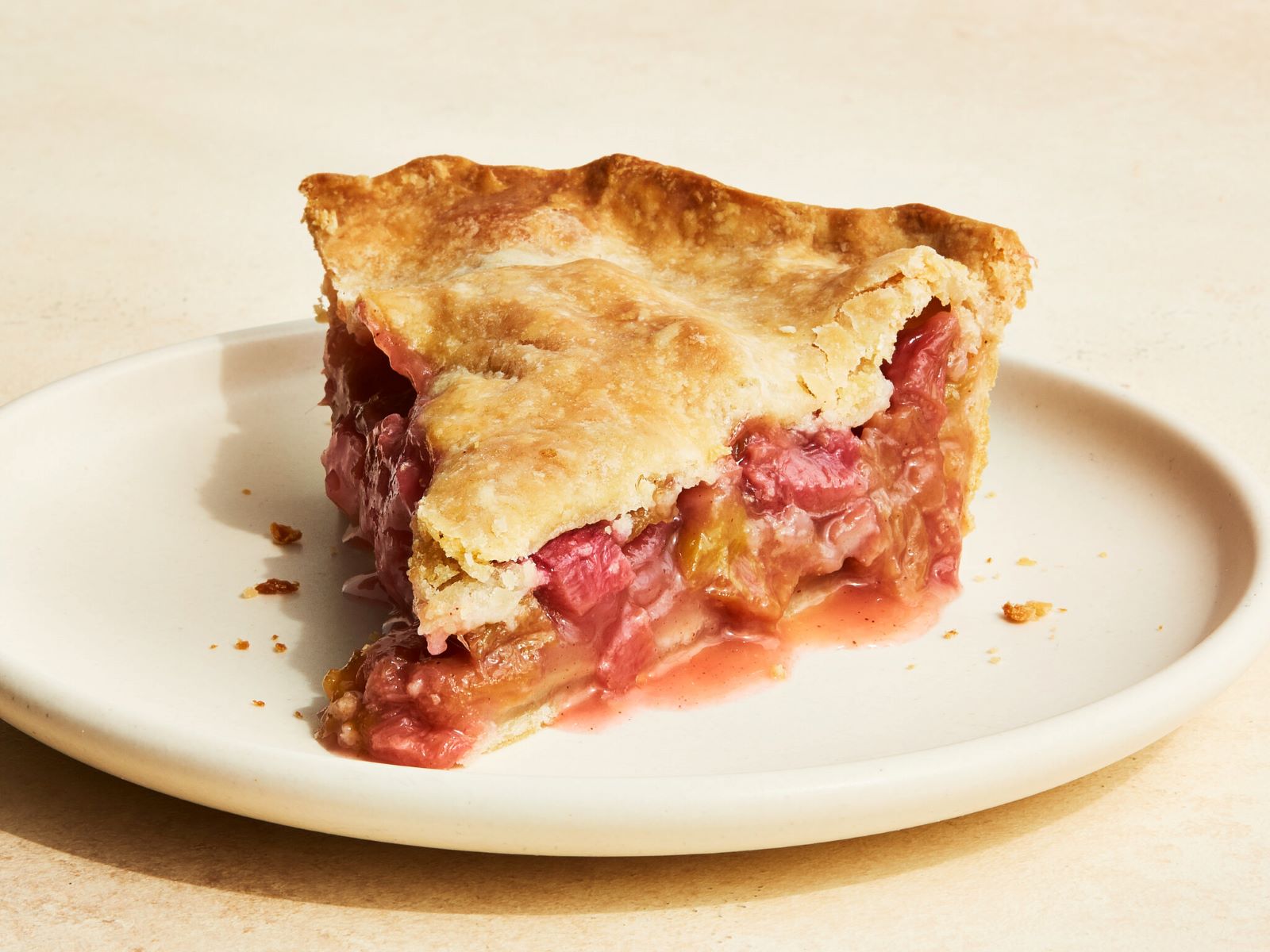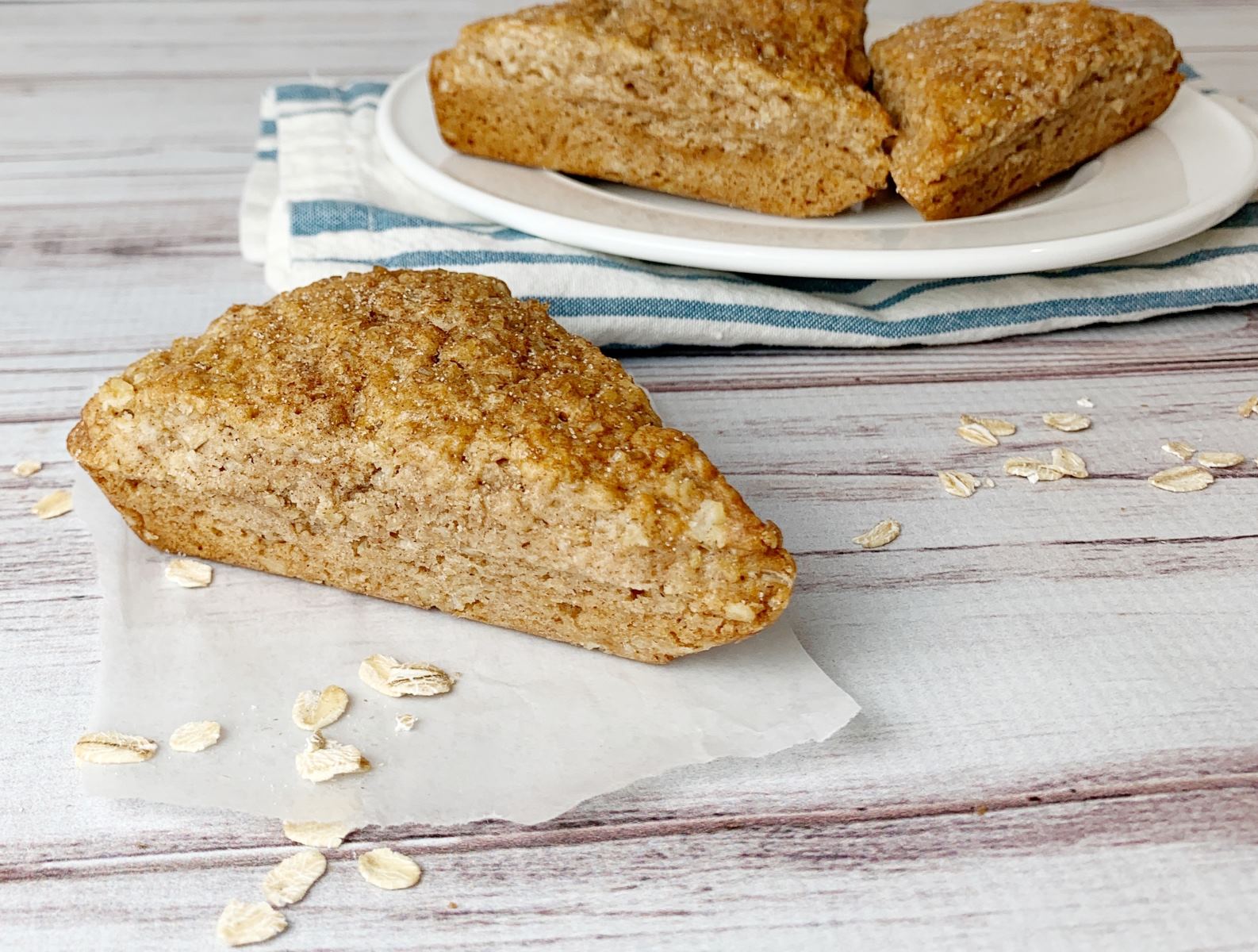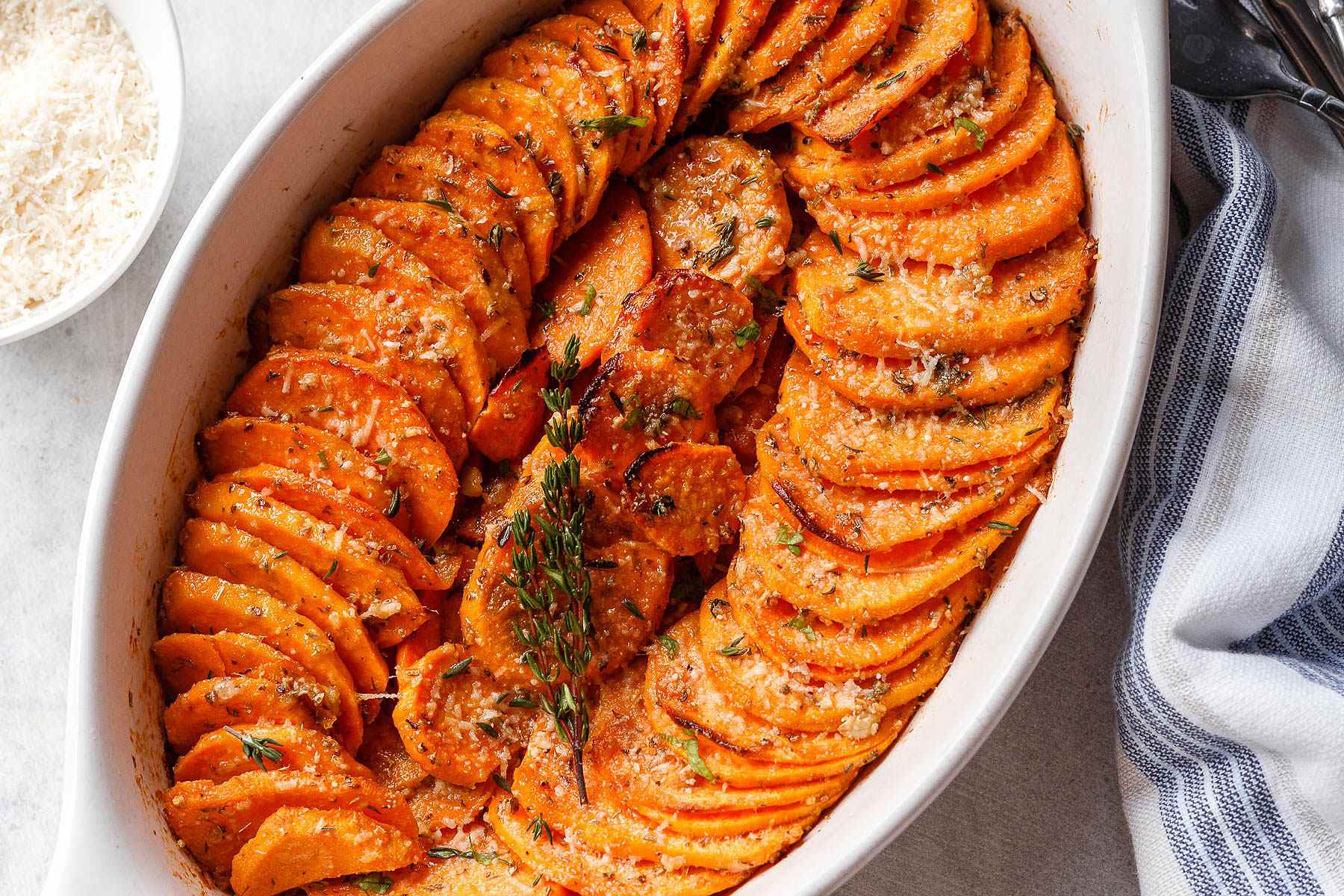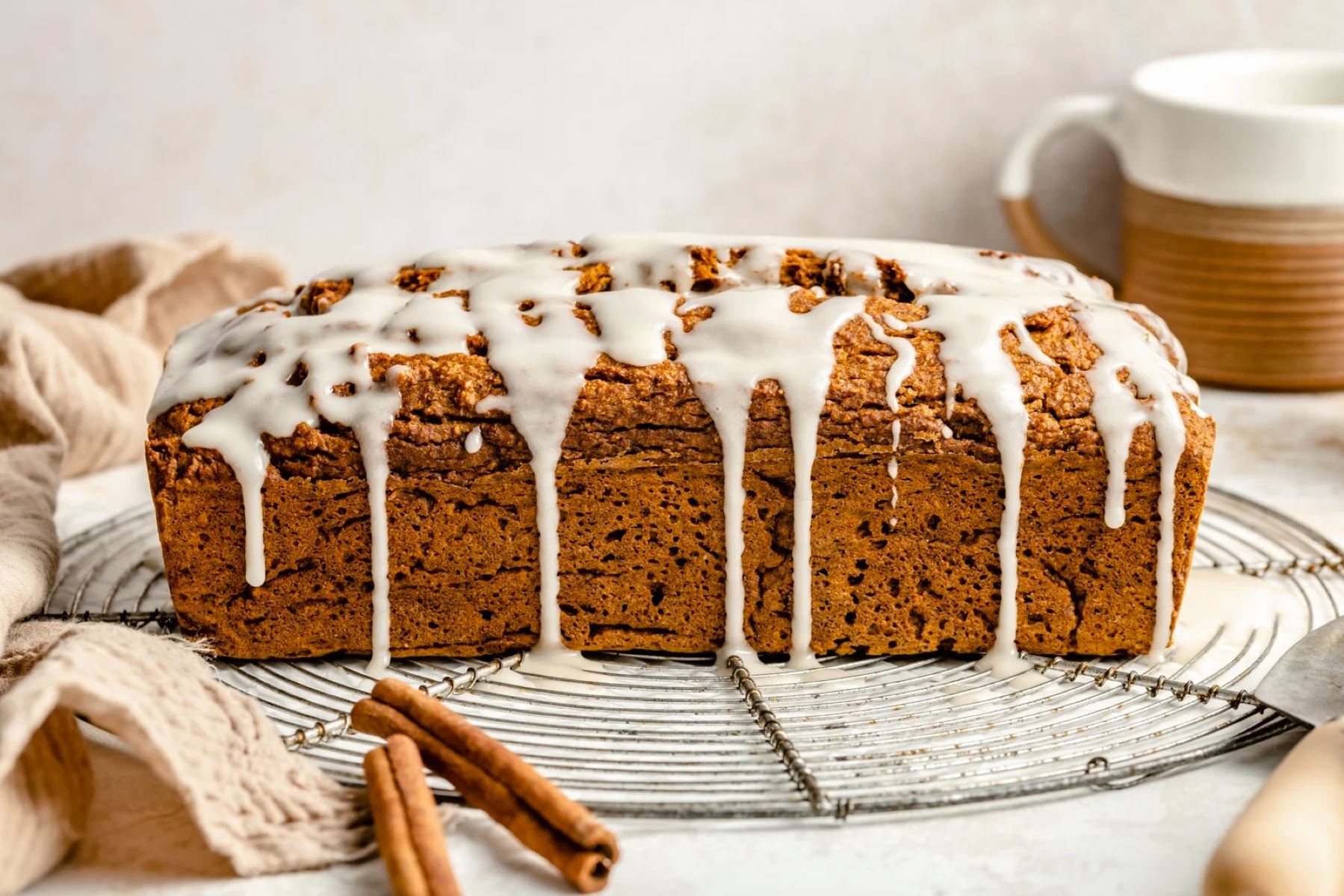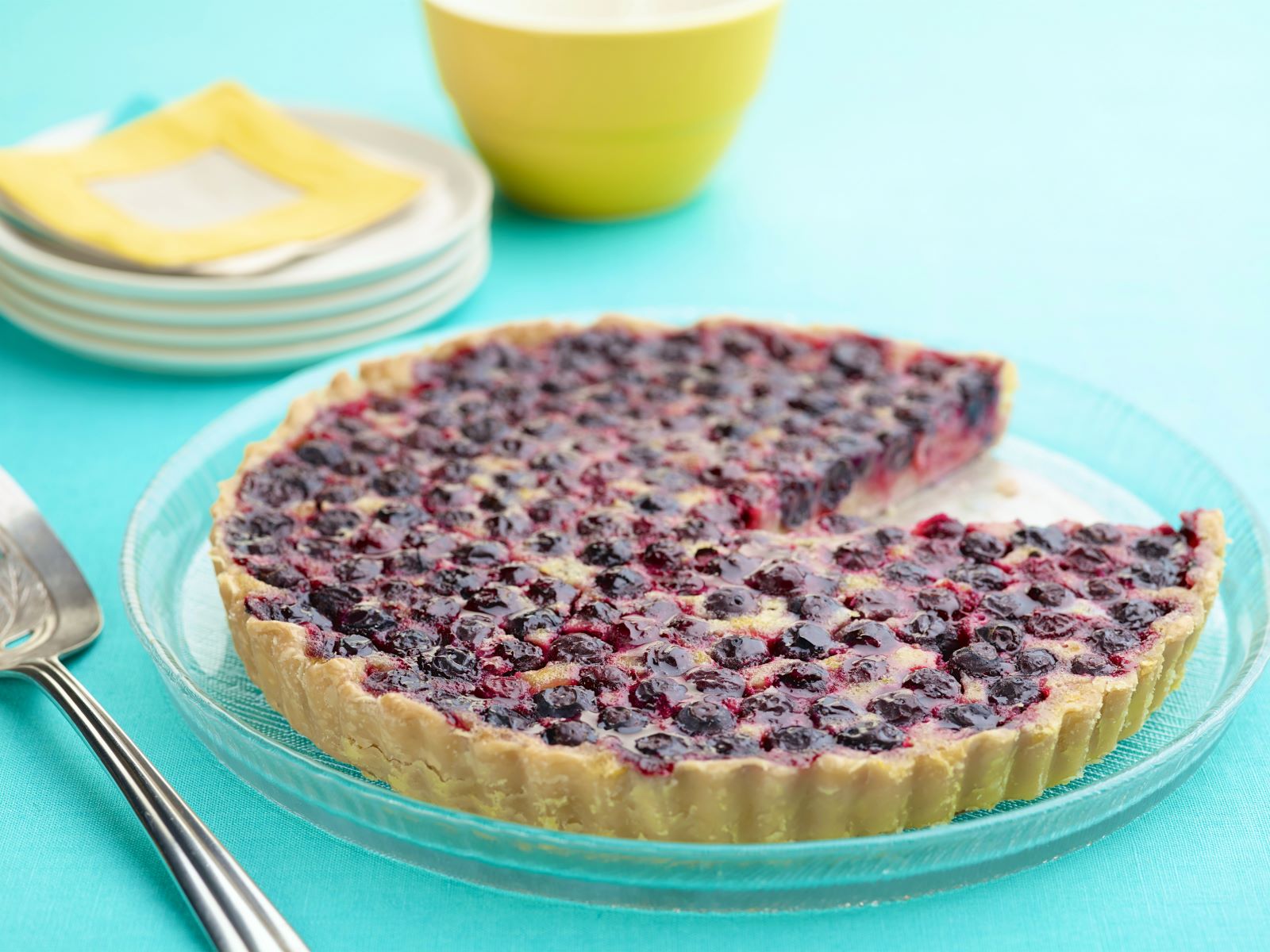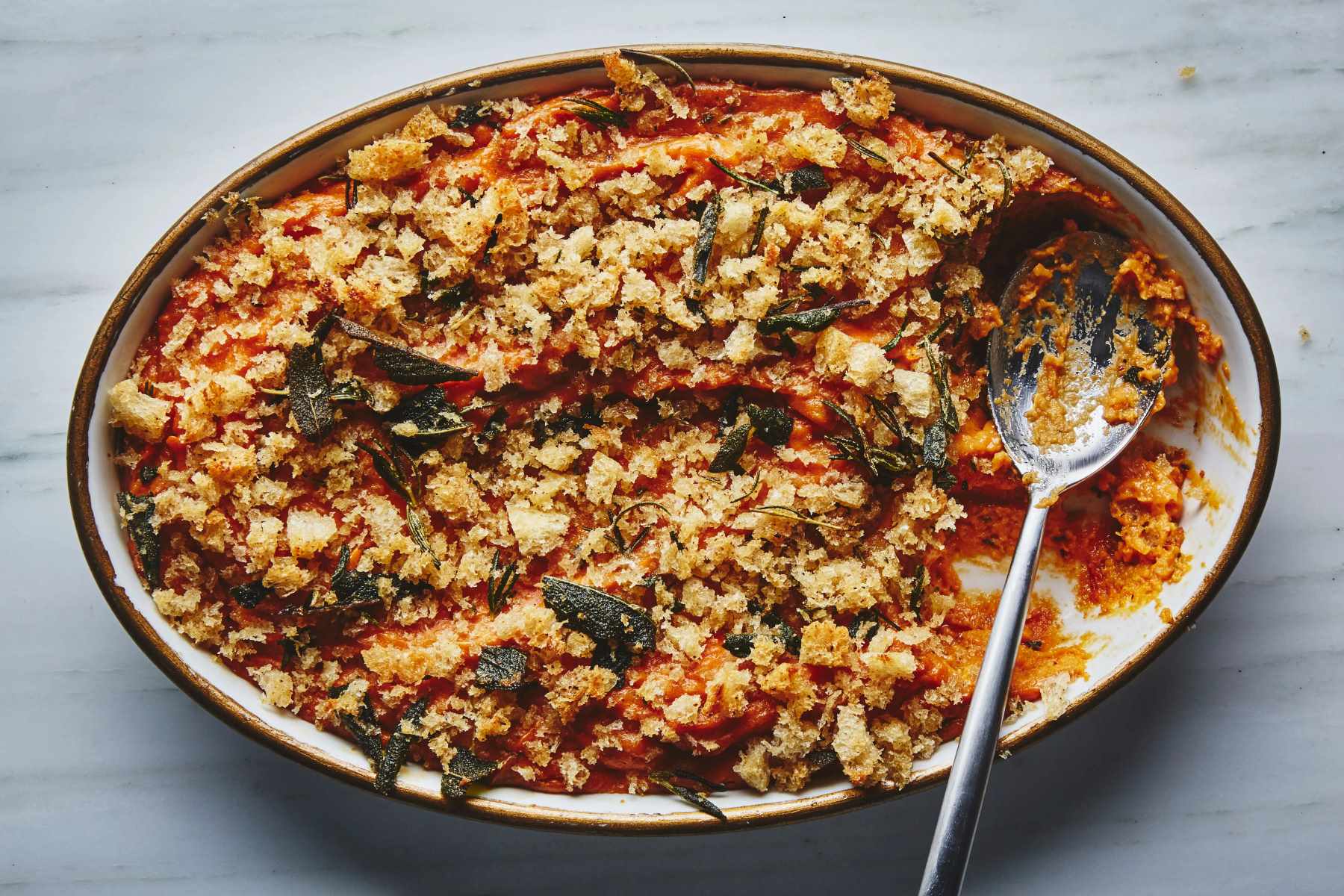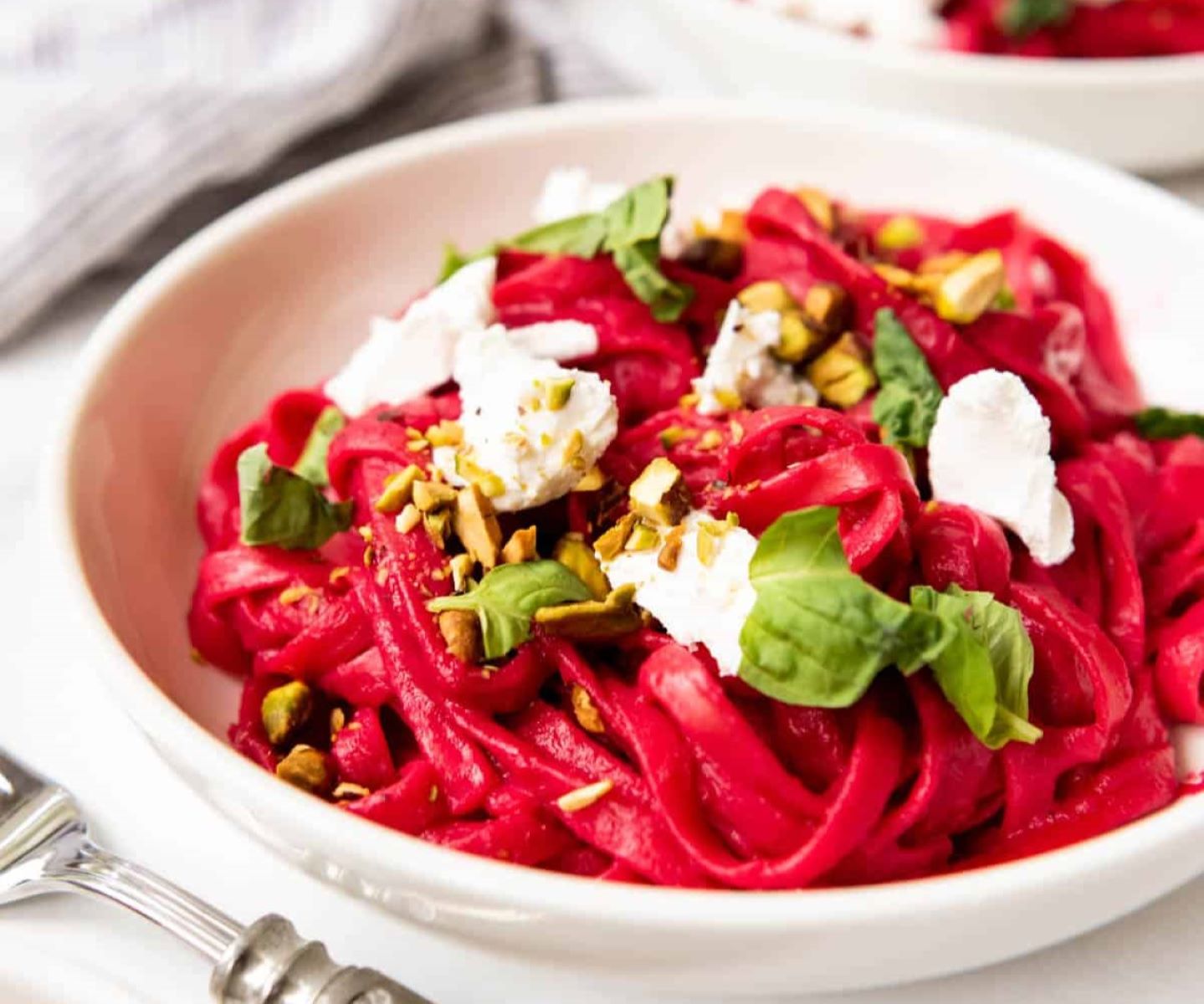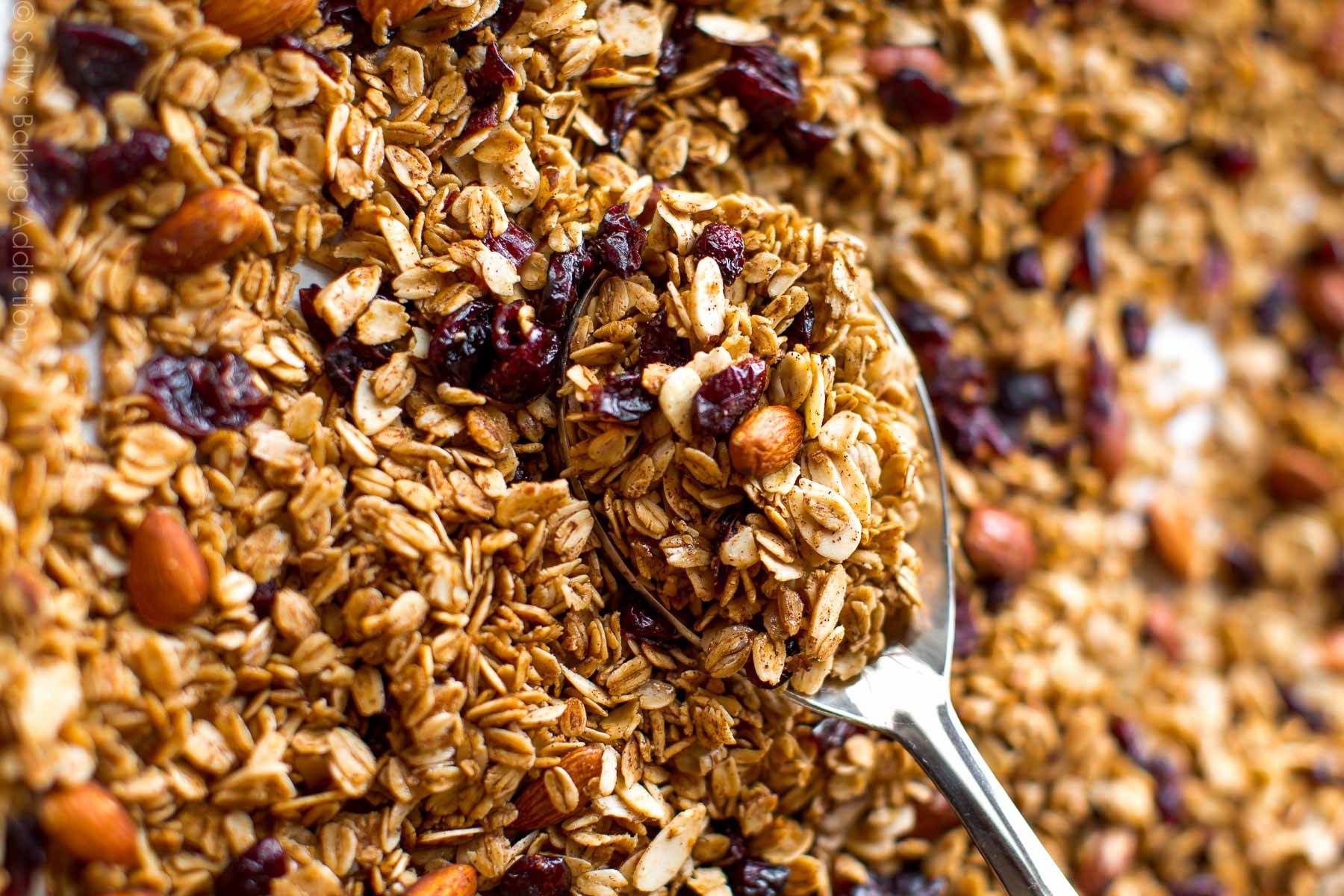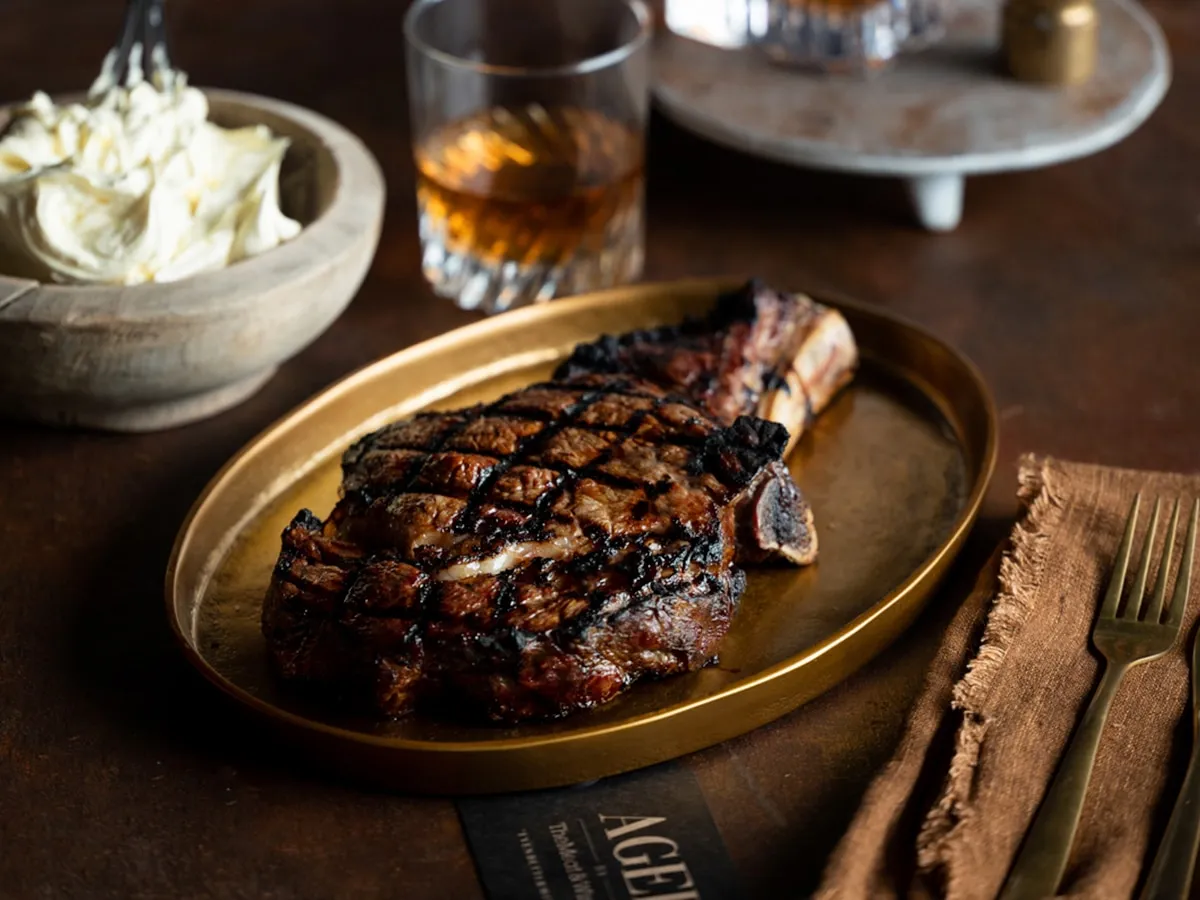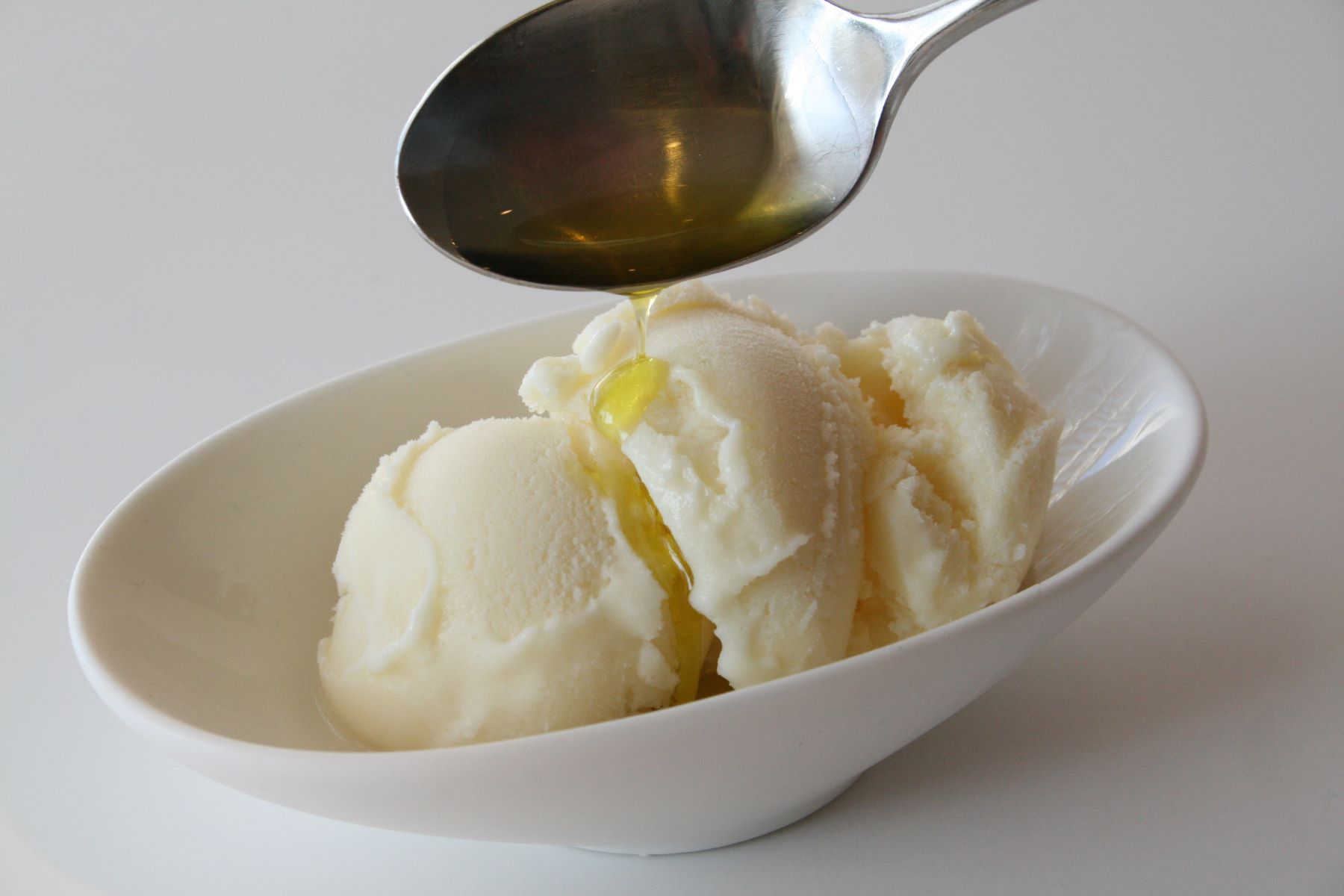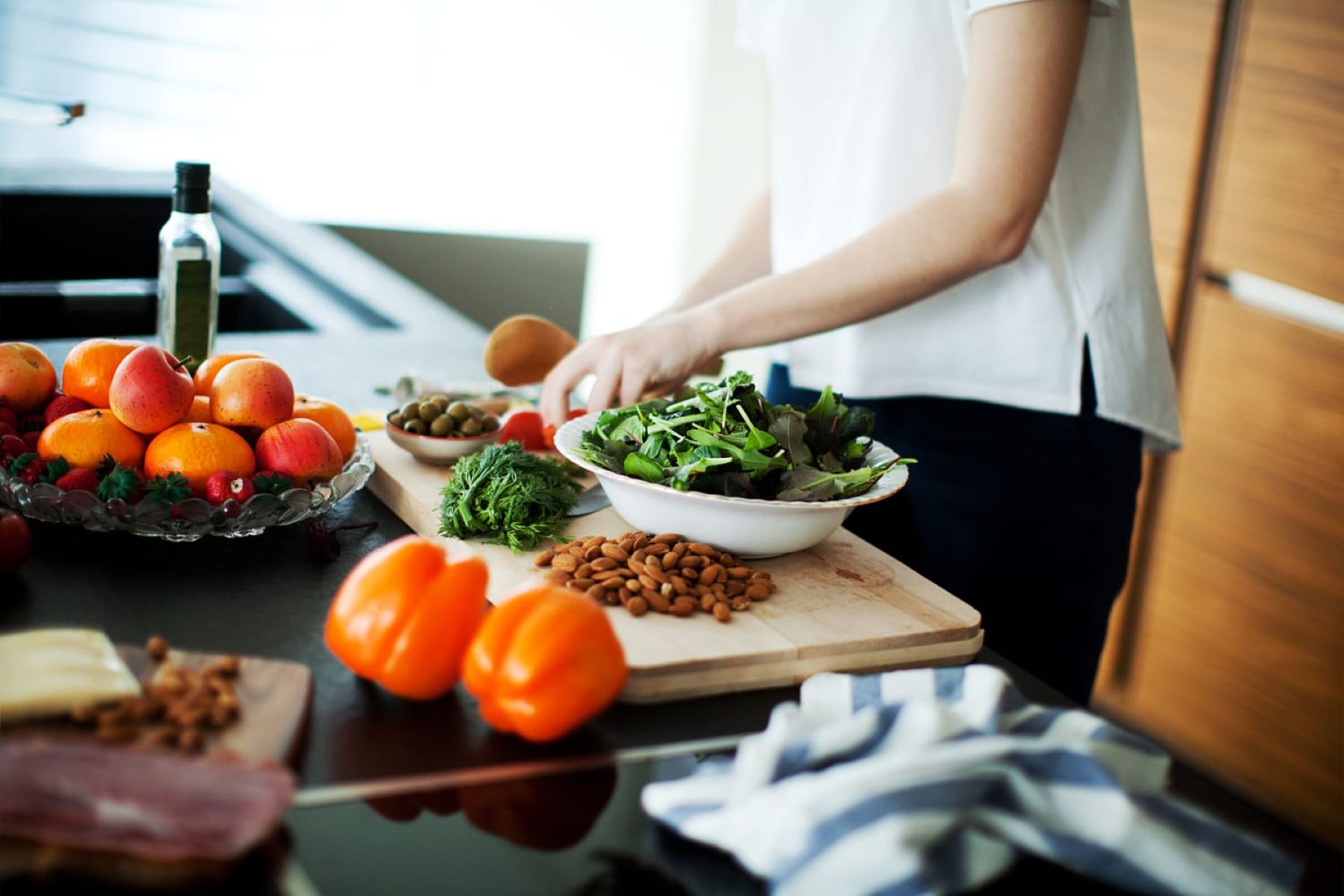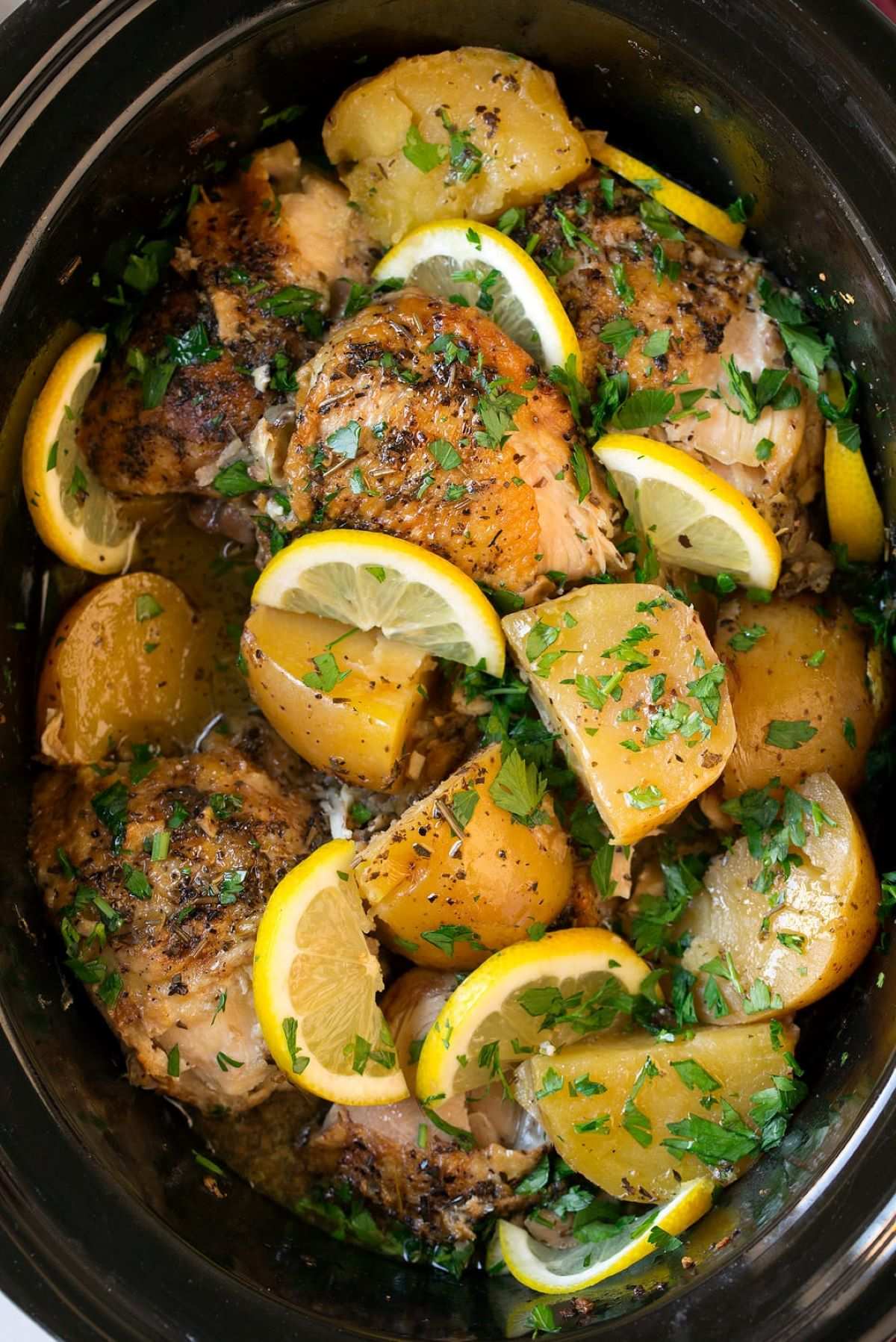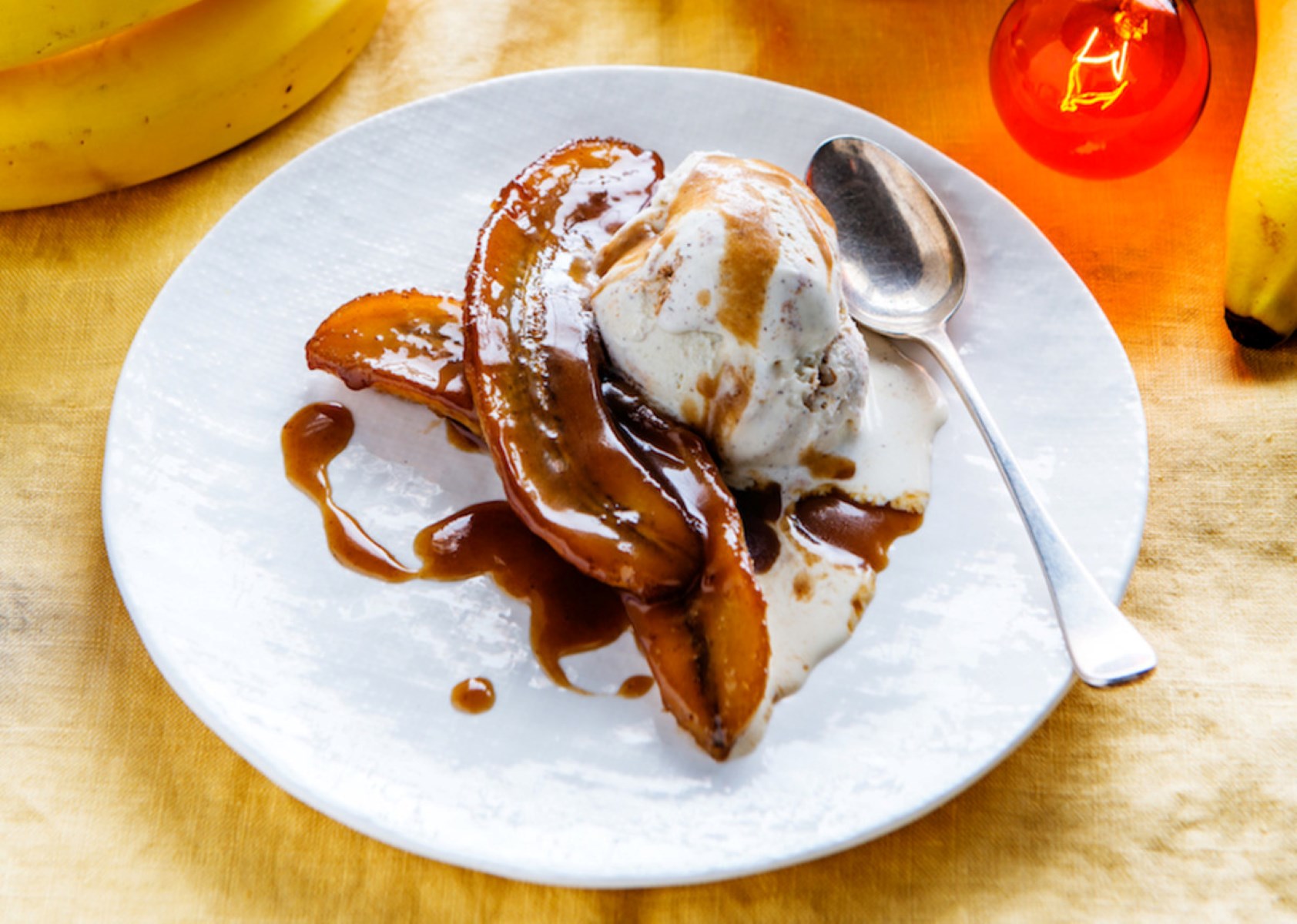Home>Eating>Maple Syrup: Exploring The Sweet Delights Of Sugaring
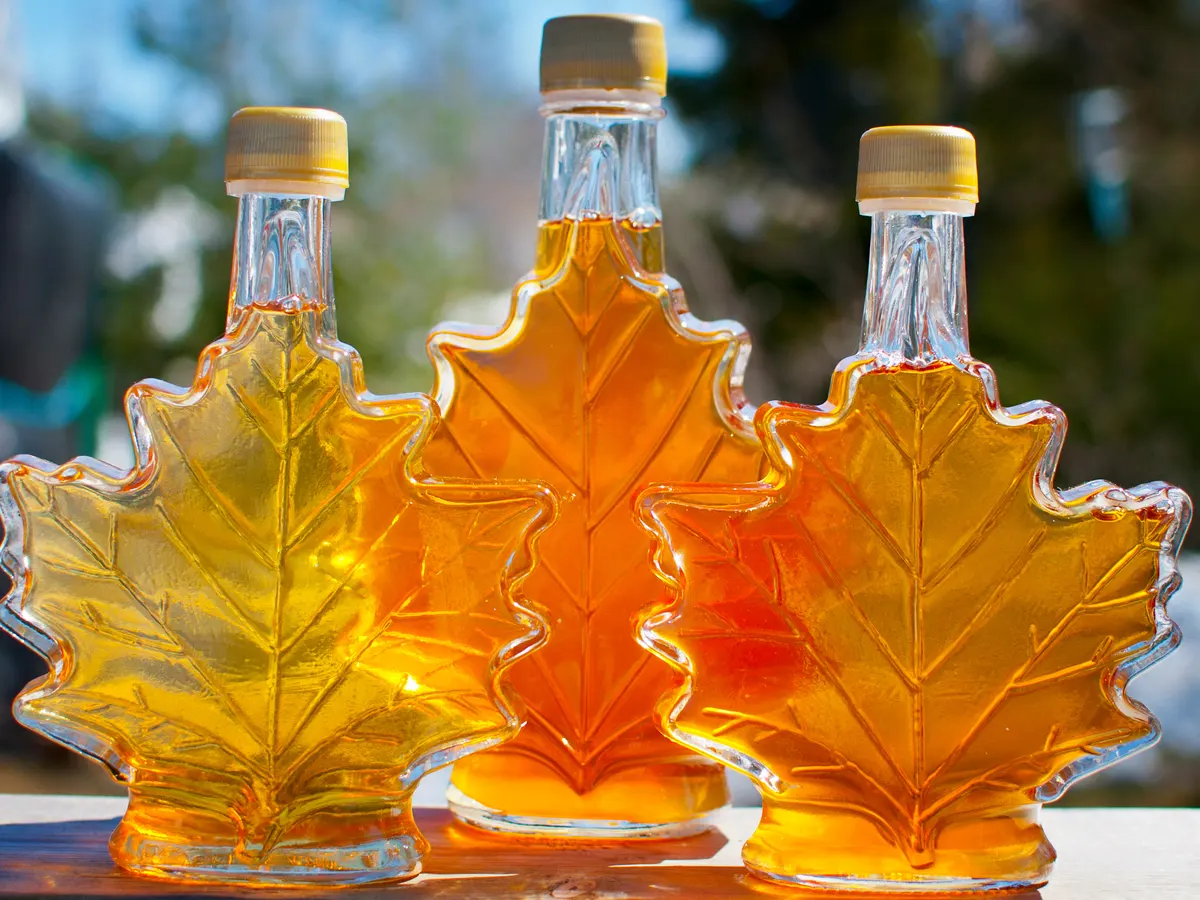

Eating
Maple Syrup: Exploring The Sweet Delights Of Sugaring
Published: February 15, 2024
Discover the delectable world of maple syrup and sugaring. Indulge in the sweet delights of eating and enjoying this natural treat. Uncover the secrets of maple syrup production and its culinary uses.
(Many of the links in this article redirect to a specific reviewed product. Your purchase of these products through affiliate links helps to generate commission for Simplelivingeating.com, at no extra cost. Learn more)
Table of Contents
Introduction
Welcome to the delightful world of maple syrup! This natural sweetener, derived from the sap of maple trees, has been cherished for centuries and continues to captivate taste buds around the globe. Join me on a journey as we explore the fascinating history, intricate process, diverse flavors, culinary applications, health benefits, and environmental impact of this liquid gold.
Maple syrup, with its rich amber hue and distinct flavor profile, holds a special place in the hearts of food enthusiasts and connoisseurs. Whether drizzled over fluffy pancakes, incorporated into savory dishes, or used as a natural sweetener in beverages, its versatility knows no bounds. As we delve into the world of maple syrup, prepare to be enchanted by its allure and versatility.
Let's embark on this flavorful expedition, uncovering the secrets of maple syrup production, its cultural significance, and the myriad ways it enhances our culinary experiences. Get ready to indulge in the sweet delights of sugaring, where nature's bounty is transformed into a delectable treat that tantalizes the senses and nourishes the soul.
The History of Maple Syrup
The history of maple syrup is deeply rooted in North American indigenous traditions, where the art of sugaring has been practiced for centuries. Native American tribes, including the Algonquian and Iroquois, were among the first to discover the sweet elixir within the maple tree's sap. They utilized this natural sweetener as a vital source of nutrition and energy, incorporating it into their diets and trading it with early European settlers.
The process of making maple syrup, known as sugaring, was a revered tradition among indigenous communities. They would tap the maple trees by inserting wooden spouts into the trunks and collecting the sap in containers crafted from birch bark. The sap was then heated using hot stones or by evaporating it over an open flame, resulting in the concentrated syrup we know today.
As European settlers arrived in North America, they learned about the art of sugaring from the indigenous peoples and began adopting the practice themselves. Over time, advancements in sugaring techniques led to the development of more efficient tools, such as metal taps and large evaporator pans, which revolutionized the production process.
The 17th and 18th centuries witnessed the expansion of maple syrup production, with settlers establishing sugarhouses and maple farms across the northeastern regions of the United States and Canada. Maple syrup quickly became a valuable commodity, cherished for its natural sweetness and versatility in culinary applications.
Today, the tradition of maple syrup production continues to thrive, blending age-old techniques with modern innovations. The annual ritual of tapping maple trees in late winter or early spring, known as "sugaring season," remains a cherished practice in many regions. Maple syrup festivals and events celebrate this time-honored craft, offering visitors a glimpse into the rich history and cultural significance of sugaring.
The journey of maple syrup from a revered indigenous tradition to a beloved global delicacy is a testament to the enduring legacy of this natural sweetener. Its history is steeped in tradition, resilience, and the timeless connection between humanity and the bounties of nature.
The Process of Sugaring
The process of sugaring, also known as maple syrup production, is a time-honored craft that involves transforming the clear, watery sap extracted from maple trees into the lusciously sweet and flavorful syrup that graces our tables. This intricate process unfolds in the early spring, during the transition from winter to spring, when the maple trees awaken from their dormant state.
The first step in the sugaring process is tapping the maple trees to harvest their sap. This involves carefully drilling small holes, known as taps, into the trunks of mature maple trees, typically those of the sugar maple, red maple, or black maple varieties. The sap begins to flow as the trees respond to the warming temperatures and changing atmospheric pressure, signaling the onset of the sugaring season.
Once the sap is collected in buckets or through a network of tubing connected to the taps, it is transported to a sugarhouse, where the transformation into maple syrup takes place. The sap undergoes a meticulous evaporation process, where the water content is gradually reduced to concentrate the natural sugars and flavors. Traditionally, this evaporation was achieved by boiling the sap over an open flame, a practice that symbolizes the essence of sugaring.
In modern sugaring operations, large evaporator pans fueled by wood, gas, or electricity are used to efficiently evaporate the sap. As the sap simmers and steams, the air becomes infused with the tantalizing aroma of maple, creating an atmosphere that embodies the spirit of the sugaring tradition.
Throughout the evaporation process, the sap undergoes a remarkable transformation, gradually darkening in color and intensifying in flavor as the water content diminishes. The syrup reaches its desired consistency and sweetness, carefully monitored by skilled sugarmakers who rely on their expertise and sensory acumen to determine the perfect moment for drawing off the finished syrup.
Once the syrup reaches its optimal state, it is carefully filtered to remove any impurities and then promptly bottled, ready to be savored by maple enthusiasts around the world. The entire process, from tapping the trees to bottling the syrup, embodies a harmonious blend of tradition, craftsmanship, and reverence for nature's bounty.
The art of sugaring is a celebration of the maple tree's gift, a testament to the ingenuity and dedication of sugarmakers, and a timeless tradition that continues to unite communities and cultures through the shared love of maple syrup.
Grades and Flavors of Maple Syrup
Maple syrup is renowned for its diverse range of flavors and grades, each offering a unique sensory experience that reflects the terroir, production methods, and the specific characteristics of the maple tree species. The grading system for maple syrup varies between the United States and Canada, with each country employing distinct classifications to denote the flavor profile and color intensity of the syrup.
In the United States, maple syrup is categorized into four distinct grades: Golden, Amber, Dark, and Very Dark. Each grade possesses its own distinct flavor profile and color hue, allowing consumers to select a syrup that best complements their culinary preferences. The Golden grade, with its delicate flavor and light color, is often favored for drizzling over delicate desserts and breakfast dishes. As the grades progress to Amber, Dark, and Very Dark, the flavor intensifies, offering robust, caramelized notes that pair exquisitely with savory dishes, marinades, and baked goods.
In Canada, the grading system underwent a recent transformation, transitioning from specific color classifications to a more descriptive labeling approach. The new grading system features four categories: Golden, Amber, Dark, and Very Dark, each accompanied by a descriptor that captures the syrup's unique flavor profile. For example, the Golden category may be labeled as "Delicate Taste," while the Amber category could be denoted as "Rich Taste," and the Dark and Very Dark categories may feature descriptors such as "Robust Taste" and "Strong Taste," respectively.
The flavor profiles of maple syrup are influenced by various factors, including the tree species, soil composition, climate, and the timing of the sap collection. For instance, syrup derived from sugar maple trees often exhibits a nuanced, complex flavor with hints of caramel and vanilla, while syrup from red maple trees may offer a more pronounced, earthy undertone.
Whether drizzled over fluffy pancakes, incorporated into glazes and dressings, or used as a natural sweetener in beverages, the diverse grades and flavors of maple syrup offer a symphony of taste sensations that elevate culinary creations and delight the palate. From the delicate sweetness of Golden syrup to the robust complexity of Very Dark syrup, each grade and flavor of maple syrup invites exploration and experimentation, enriching the culinary landscape with its unparalleled versatility and natural allure.
Culinary Uses of Maple Syrup
Maple syrup, with its rich and complex flavor profile, serves as a versatile and beloved ingredient in a wide array of culinary applications. Its natural sweetness, combined with subtle caramel undertones, makes it a cherished addition to both sweet and savory dishes. From breakfast classics to gourmet creations, maple syrup elevates the sensory experience of countless culinary delights.
Breakfast Delights
In the realm of breakfast cuisine, maple syrup reigns supreme as the quintessential topping for fluffy pancakes, waffles, and French toast. Its luscious viscosity and distinct flavor infuse these morning staples with a delightful sweetness, creating a harmonious balance of textures and tastes. When paired with crispy bacon or savory breakfast sausages, maple syrup introduces a tantalizing contrast of flavors, marrying the savory and sweet in a symphony of culinary bliss.
Culinary Elegance
Beyond traditional breakfast fare, maple syrup finds its way into gourmet dishes, adding depth and complexity to both sweet and savory creations. In the realm of desserts, it serves as a natural sweetener in baked goods, imparting a subtle richness to cakes, cookies, and pastries. Its caramelized notes enhance the flavor of custards, puddings, and ice creams, elevating these indulgent treats to new heights of decadence.
Savory Infusions
In the realm of savory cuisine, maple syrup takes on a transformative role, infusing dishes with a nuanced sweetness that complements a myriad of flavors. It serves as a key ingredient in marinades and glazes, imparting a delectable caramelized exterior to grilled meats, seafood, and vegetables. When incorporated into dressings and vinaigrettes, it adds a touch of sweetness that harmonizes with tangy and savory elements, creating a symphony of flavors in salads and savory dishes.
Beverage Enhancements
Maple syrup extends its culinary prowess to the realm of beverages, where it serves as a natural sweetener in cocktails, mocktails, and specialty coffee drinks. Its rich, earthy sweetness enhances the flavor profile of craft cocktails, adding depth and complexity to libations. When drizzled into specialty coffee beverages, it imparts a comforting sweetness that complements the robust notes of coffee, creating a delightful sensory experience.
In essence, maple syrup transcends the boundaries of traditional sweeteners, offering a natural elixir that enriches the culinary landscape with its unparalleled versatility and depth of flavor. Whether used to sweeten breakfast classics, elevate gourmet creations, infuse savory dishes, or enhance beverages, maple syrup stands as a testament to the art of culinary alchemy, where nature's bounty becomes a source of culinary delight.
Health Benefits of Maple Syrup
Maple syrup not only delights the taste buds but also offers a range of potential health benefits, making it a wholesome alternative to refined sugars and artificial sweeteners. While it is important to consume maple syrup in moderation, its natural composition provides several nutritional advantages.
One of the key health benefits of maple syrup is its rich source of antioxidants. These natural compounds help combat oxidative stress in the body, potentially reducing the risk of chronic diseases and supporting overall well-being. In fact, research has shown that certain antioxidants present in maple syrup, such as polyphenols and manganese, contribute to its free radical-scavenging properties, promoting cellular health and longevity.
Furthermore, maple syrup contains essential minerals, including manganese, zinc, and calcium, which play vital roles in various physiological functions. Manganese, for instance, supports enzyme activity and bone health, while zinc contributes to immune function and wound healing. Additionally, the presence of calcium in maple syrup aids in maintaining strong bones and teeth, further enhancing its nutritional value.
Another notable health benefit of maple syrup lies in its lower glycemic index compared to refined sugars. This means that it causes a slower and steadier increase in blood sugar levels, offering a more stable source of energy. As a result, maple syrup may be a favorable sweetener option for individuals seeking to manage their blood sugar levels, particularly those with diabetes or insulin resistance.
Moreover, maple syrup contains natural prebiotics, which promote the growth of beneficial gut bacteria. This can contribute to improved digestive health and overall gut microbiome balance, potentially enhancing nutrient absorption and supporting immune function.
It is important to note that while maple syrup offers potential health benefits, it should be consumed in moderation as part of a balanced diet. Additionally, individuals with specific dietary considerations, such as those with diabetes or other metabolic conditions, should consult with a healthcare professional to determine the most suitable sweetener options for their individual needs.
Incorporating maple syrup as a natural sweetener in culinary creations can not only enhance the flavor profile of dishes but also provide a range of potential health-promoting properties, making it a delightful and wholesome addition to a well-rounded diet.
Environmental Impact of Maple Syrup Production
The production of maple syrup is deeply intertwined with the natural environment, and its impact extends beyond the culinary realm. As we delve into the environmental implications of maple syrup production, it becomes evident that this time-honored tradition holds significant ecological value and contributes to sustainable land stewardship.
One of the most notable aspects of maple syrup production is its reliance on healthy, thriving forests. Maple trees, the source of this delectable elixir, play a crucial role in maintaining forest ecosystems. Sustainable tapping practices, when executed with care and consideration, can actually promote the overall health of maple stands. By fostering a symbiotic relationship with the trees, sugarmakers contribute to the preservation of forest biodiversity and the conservation of natural habitats.
Furthermore, the process of tapping maple trees and collecting sap is inherently low-impact, requiring minimal infrastructure and energy inputs. Unlike industrial-scale agricultural practices, maple syrup production does not involve extensive land clearance or the use of synthetic fertilizers and pesticides. This gentle approach to harvesting nature's bounty aligns with principles of sustainable agriculture and land conservation, minimizing the ecological footprint of syrup production.
In addition, the sugaring season coincides with the awakening of spring, a time when the natural world undergoes a period of renewal and regeneration. The practice of tapping maple trees and collecting sap is harmoniously integrated into this seasonal cycle, highlighting the interconnectedness between human activity and the rhythms of nature. As sugarmakers venture into the woods to gather sap, they become stewards of the land, embracing a tradition that honors the delicate balance of the natural world.
Moreover, the preservation of maple stands and the continuation of sugaring traditions contribute to the conservation of rural landscapes and the cultural heritage of maple-producing regions. Sugarbushes, or maple groves, serve as vital sanctuaries for wildlife, providing shelter, food, and nesting sites for diverse species. By safeguarding these natural havens, maple syrup production fosters ecological resilience and sustains the intricate web of life within forest ecosystems.
In essence, the environmental impact of maple syrup production reflects a harmonious coexistence between human activity and the natural world. This time-honored tradition embodies the principles of sustainable land management, biodiversity conservation, and cultural preservation, underscoring the profound ecological significance of maple syrup production.
Conclusion
In conclusion, the journey through the enchanting world of maple syrup has unveiled a tapestry of rich history, intricate craftsmanship, diverse flavors, and profound ecological significance. From its origins as a revered indigenous tradition to its status as a beloved global delicacy, maple syrup stands as a testament to the enduring connection between humanity and the bounties of nature.
The art of sugaring, with its time-honored rituals and seasonal rhythms, embodies a harmonious blend of tradition, craftsmanship, and reverence for nature's bounty. The process of tapping maple trees, collecting sap, and transforming it into lusciously sweet syrup reflects a delicate dance between human ingenuity and the rhythms of the natural world.
The diverse grades and flavors of maple syrup offer a symphony of taste sensations that elevate culinary creations and delight the palate. From the delicate sweetness of Golden syrup to the robust complexity of Very Dark syrup, each grade and flavor invites exploration and experimentation, enriching the culinary landscape with its unparalleled versatility and natural allure.
Furthermore, the potential health benefits of maple syrup, coupled with its lower environmental impact compared to industrial-scale agricultural practices, position it as a wholesome and sustainable sweetener option. Its rich source of antioxidants, essential minerals, and lower glycemic index contribute to its appeal as a natural and nourishing alternative to refined sugars and artificial sweeteners.
Moreover, the environmental impact of maple syrup production reflects a harmonious coexistence between human activity and the natural world. The preservation of maple stands, the conservation of forest ecosystems, and the cultural heritage of sugaring traditions underscore the profound ecological significance of maple syrup production.
As we bid adieu to this flavorful expedition, the allure of maple syrup lingers, leaving an indelible impression on our culinary consciousness. Whether drizzled over breakfast classics, infused into gourmet creations, or savored for its potential health benefits, maple syrup continues to captivate our senses and nourish our appreciation for the wonders of the natural world.
In essence, maple syrup transcends its role as a mere sweetener, emerging as a symbol of tradition, sustainability, and culinary artistry. Its journey from the heart of the maple tree to our tables is a testament to the enduring legacy of this natural elixir, inviting us to savor its sweet delights and celebrate the timeless connection between humanity and the gifts of the earth.

